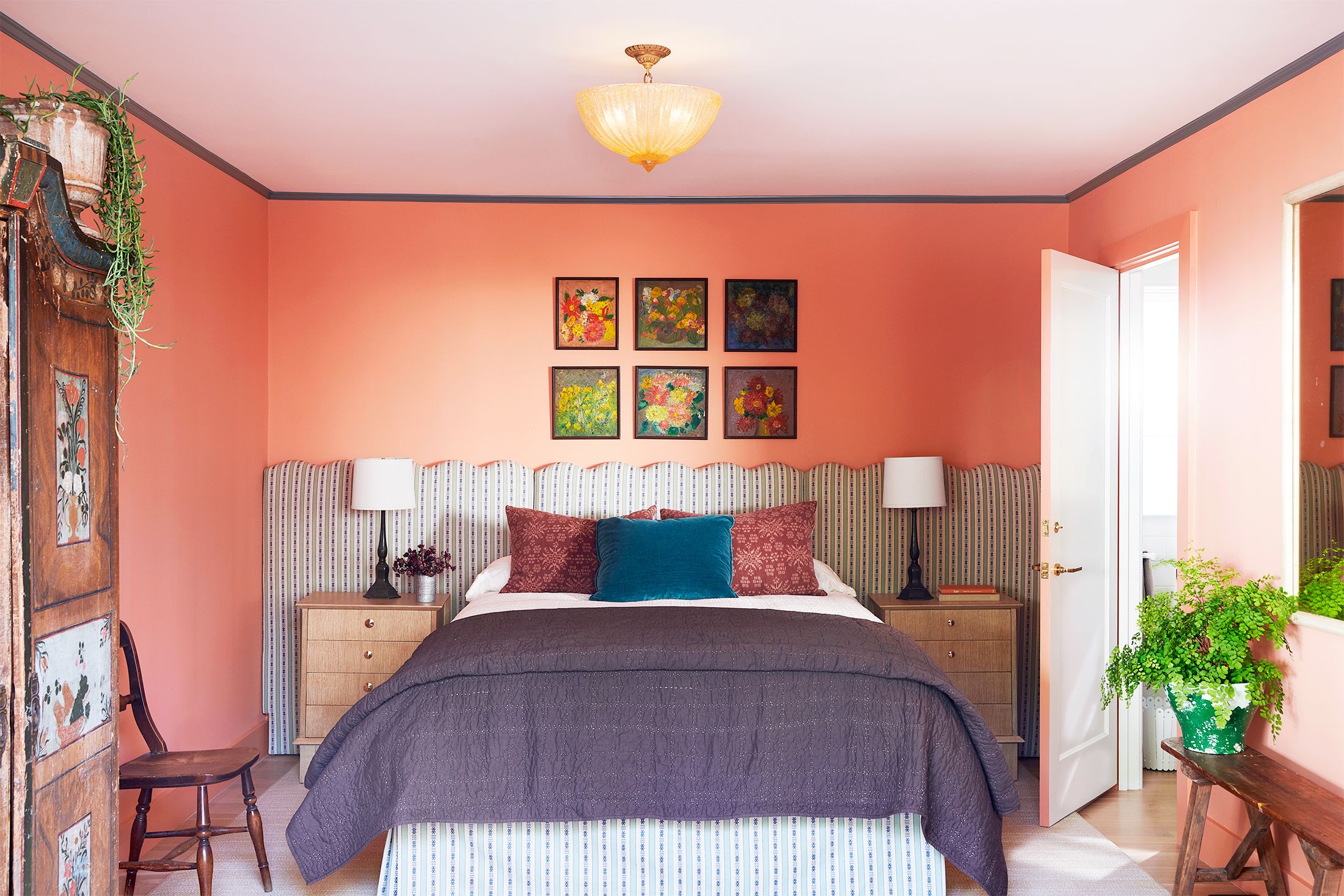
Choosing the Right Colors for Every Room
When it comes to decorating our homes, one of the most important factors to consider is the color scheme. The colors we choose for each room can have a big impact on the overall mood and atmosphere of our living spaces. They can evoke certain emotions, create a sense of harmony, and even affect how we feel and behave within the space. As someone who has always been fascinated by the psychology of colors, I have spent hours researching and experimenting with different color combinations to find the perfect hues for each room in my home. In this blog post, I will share my insights and tips on choosing the right colors for every room.

Living Room
The living room is often the heart of the home, where we spend quality time with our loved ones and entertain guests. When choosing colors for this space, it is important to strike a balance between comfort and style. Neutral colors like beige, gray, and white are great base colors as they create a calm and soothing atmosphere. You can then add pops of color through accessories like throw pillows, curtains, and artwork to inject energy and personality into the room.
Bedroom
Our bedrooms should be a sanctuary; a place where we can relax and recharge after a long day. For this reason, it is best to opt for soft and muted colors, such as lavender, pale blue, or a gentle shade of green. These colors are known to promote relaxation and tranquility, making them perfect for creating a peaceful sleep environment. Avoid using bold and vibrant colors in the bedroom, as they can be too stimulating and may hinder your ability to unwind and fall asleep.
Kitchen
The kitchen is often considered the heart of the home, where we gather to cook, eat, and socialize. This space should be inviting and energizing, so using warm colors like yellows, oranges, or reds can create a lively and vibrant atmosphere. These colors are known to stimulate the appetite, making them ideal for a space dedicated to food preparation and enjoyment. Alternatively, if you prefer a more modern and sleek look, you can also choose neutral colors for the kitchen and add splashes of color through accessories like dishware or kitchen appliances.
Bathroom
Bathrooms are often small spaces with limited natural light, so it is important to choose colors that can create the illusion of a bigger and brighter space. Light and cool colors like pale blue, mint green, or soft gray can make the bathroom feel fresh and airy. Additionally, using mirrors and shiny surfaces can help reflect light, further enhancing the sense of openness. If you desire a spa-like atmosphere in your bathroom, consider using earthy tones like sand, taupe, or pale green, as they can create a calming and soothing ambiance.
Home Office
With more people working from home than ever before, designing a functional and inspiring home office has become crucial. For this space, it is recommended to choose colors that boost focus, creativity, and productivity. Shades of blue are often associated with increased concentration, while greens can promote a sense of balance and harmony. If you prefer warmer tones, consider using shades of yellow or orange, as they can stimulate creativity and positivity. Avoid using colors that are too distracting or overpowering, as they may hinder your ability to stay focused.
Children’s Room
When it comes to decorating a children’s room, it is essential to consider their age, personality, and preferences. Younger children often respond well to bright and vibrant colors, such as primary hues, as they can promote cognitive development and stimulate their imagination. As children grow older, they may have specific color preferences or themes in mind. Involving them in the decision-making process can make them feel more connected to their space. Additionally, using a neutral color as a base and adding pops of color through bedding, accessories, and artwork can allow for easy updates as their tastes change.
When choosing colors for each room in your home, it is important to keep in mind that these are just general guidelines. In the end, it is your personal preferences and the mood you want to create in each space that should dictate the colors you choose. Don’t be afraid to experiment and trust your instincts. After all, it’s your home, and it should reflect your unique style and personality.



